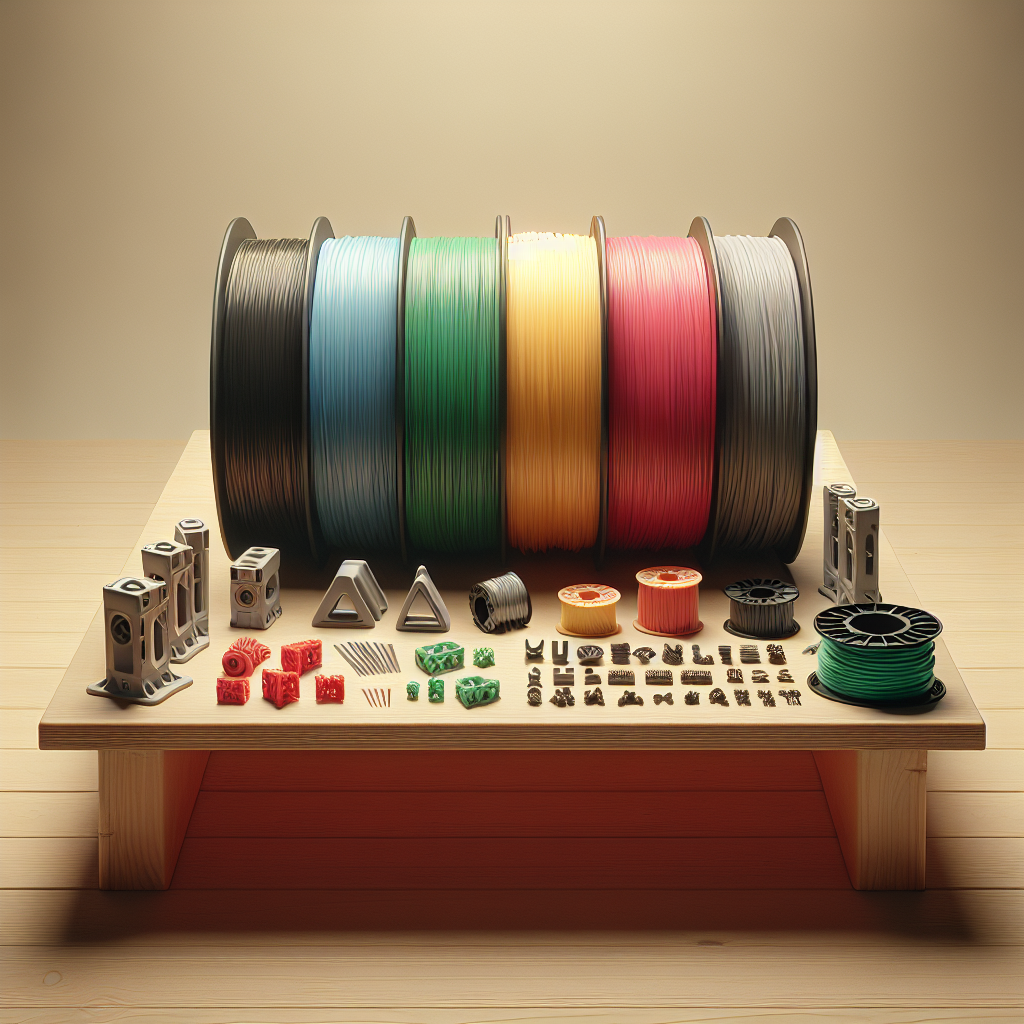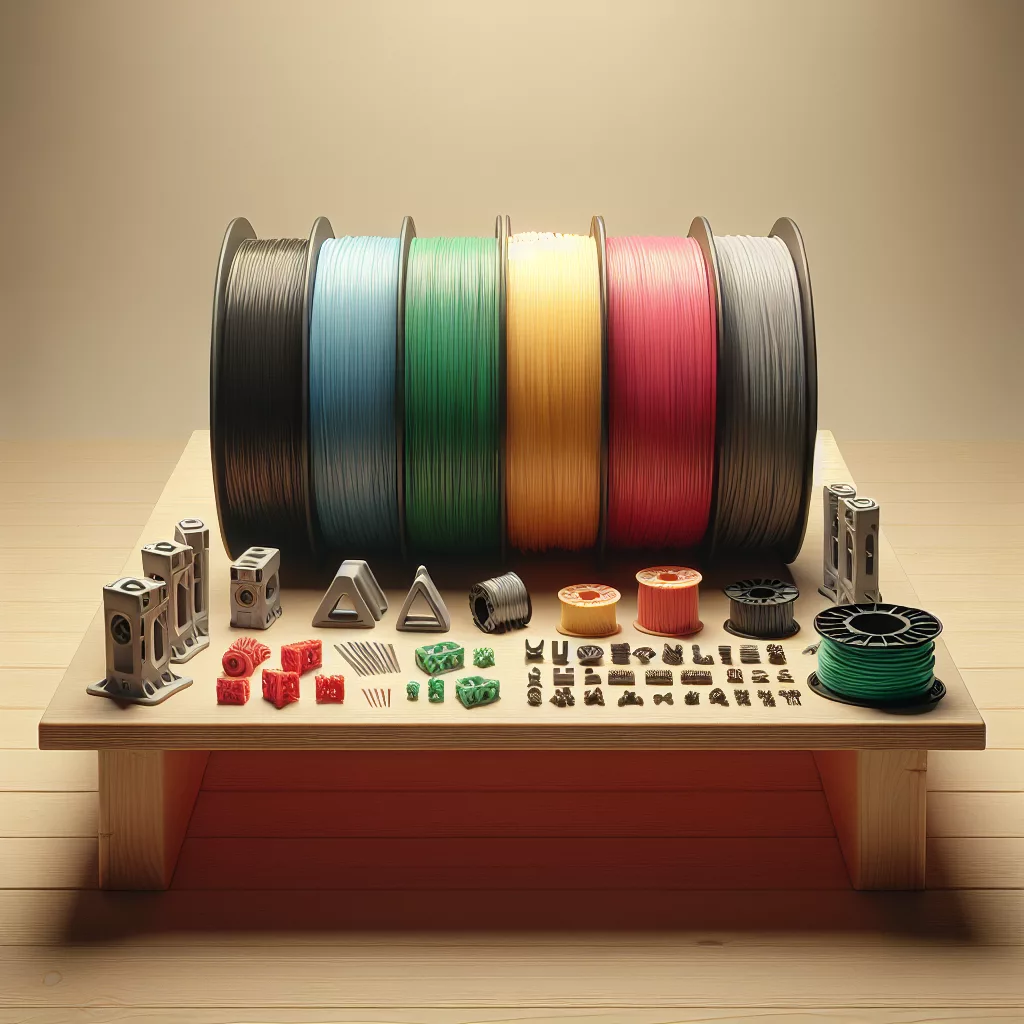Introduction
3D printing, while revolutionary, often leaves enthusiasts and hobbyists with a significant amount of leftover filament and failed prints. Rather than discarding these materials and contributing to environmental waste, conscientious makers can recycle and repurpose these scraps, helping the planet and save money simultaneously. This article will guide you through various effective methods to recycle failed 3D prints and leftover filament.
Why Recycling 3D Printing Waste Matters
Every 3D printing enthusiast experiences the frustration of failed prints or leftover filament spools. Instead of viewing these wasted materials as simply frustrating side-effects, it’s essential to recognize their environmental impact. Most filaments, including popular materials like PLA and ABS, are plastics that take years to degrade. Recycling these materials reduces waste, minimizes environmental harm, and showcases the sustainable potential of 3D printing technology.
Identifying Recyclable Filament Materials
Before beginning your recycling process, it’s important to identify the filament type you use. Typical filaments include PLA, ABS, PETG, and Nylon. Each has specific recycling characteristics:
- PLA (Polylactic Acid): Biodegradable under industrial composting conditions, PLA can also be recycled through specialized programs.
- ABS (Acrylonitrile Butadiene Styrene): ABS is a petroleum-based plastic, which can be recycled by certain recycling facilities or through DIY filament recycling methods.
- PETG (Polyethylene Terephthalate Glycol): PETG is widely recyclable, similar to standard PET plastics.
- Nylon and Specialty Filaments: These can be more challenging to recycle due to their specialized chemical makeup, often requiring specialized recycling processes.
Knowing your filament type helps determine the most suitable recycling method and ensures safe and effective recycling.
Option 1: DIY Filament Recycling at Home
If you’re committed to sustainability and want full control over your recycling process, DIY filament recycling can be a rewarding project. Here’s how to do it:
- Collection and Sorting: Separate your failed prints and leftover filament by material type and color for better recycling consistency and quality.
- Shredding or Grinding: Use specialized filament shredders or plastic recycling grinders to break down failed prints into small granules suitable for melting.
- Extrusion into New Filament: Use a filament extrusion machine (such as the Filastruder or Filabot) to melt the granules and extrude them into a new spool of filament. Monitor the temperature and extrusion speed carefully to ensure uniform quality.
- Testing and Quality Control: Run test prints using your recycled filament to check for consistency, layer adhesion, and overall quality. Adjust extrusion settings as needed.
DIY recycling allows you to reuse your waste directly, significantly reducing environmental impact and filament costs.
Option 2: Using Commercial Recycling Services
If DIY recycling seems overwhelming, commercial recycling services offer a convenient alternative. Several companies accept filament waste and failed prints to recycle them responsibly. Some popular recycling services and programs include:
- TerraCycle: Offers recycling solutions specifically tailored for 3D printing waste, allowing you to ship your waste materials for professional recycling.
- Filament Manufacturer Recycling Programs: Many filament companies accept returns of used spools and leftover filaments. Contact your filament manufacturers to inquire about their recycling options.
While these services may have associated costs, their convenience and efficiency make them appealing, especially for busy makers or businesses.
Option 3: Repurposing Failed Prints Creatively
Sometimes, recycling doesn’t necessarily mean melting down and re-extruding filament. Failed prints and leftover filaments can find new purposes around your home, workshop, or garden:
- Functional Prototyping and Repairs: Use leftover materials to experiment with new print settings or repair existing models.
- Artistic Creations: Create artistic collages, mosaic pieces, or sculptures from failed prints to give them new life as decorative objects.
- Home and Garden Applications: Repurpose failed prints as garden stakes, pot drainage fillers, or structural supports for plants and seedlings.
Creative repurposing is rewarding, reduces waste, and highlights your unique maker talents.
Best Practices for Minimizing Waste in 3D Printing
While recycling and repurposing are essential, minimizing waste from the outset is equally critical. Implement these best practices to reduce waste:
- Proper Printer Calibration and Maintenance: Maintain your printer and regularly calibrate to reduce the likelihood of failed prints.
- Optimize Print Settings: Adjust slicing settings, such as using appropriate infill percentages, layer height, and support materials, to ensure efficient printing.
- Purchase Quality Filament: Invest in quality filaments that reduce the likelihood of print failure due to material inconsistencies.
Conclusion
Recycling and repurposing failed 3D prints and leftover filament is not only an environmentally conscious decision but also a practical step towards sustainable printing. Whether through DIY recycling setups, commercial recycling services, or creative reuse, numerous accessible options exist to ensure your 3D printing journey remains eco-friendly. Embrace these strategies and contribute positively to a sustainable and greener future for the 3D printing community.


Leave a Reply